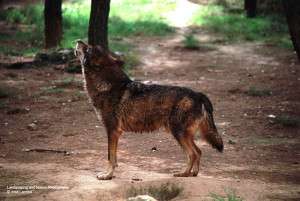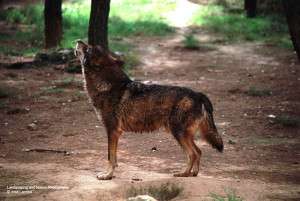
Researchers at the Universitat de València’s Cavanilles Institute of Biodiversity and Evolutionary Biology evaluated the usefulness of bioacoustic tools as a means of establishing the reproductive status of wolf populations.
Population monitoring is crucial for wildlife management and conservation. Wildlife researchers have increasingly applied tools that mimic the sounds of animals in order to establish ecological parameters such as distribution and abundance. The wolves respond to the simulated calls with what are known as chorus howls, which can then be analysed.
What the scientists are working on is the development of tools that can analyse the acoustic structure of chorus howls to ascertain the presence of wolf pups, as an indicator of the reproductive health of the pack. The complexity of the wolf chorus is such that this is a difficult task even for experienced observers, creating the need for accurate predictive tools.
Vicente Palacios of the Cavanilles Institute explains that to develop the tools, they first analysed 110 Iberian chorus howls of packs whose make-up was known, including packs with and without pups. The analysis revealed that the acoustic energy distribution of packs with pups was concentrated at higher frequencies than packs without. Based on this and other energy distribution features identified in the study, the team built mathematical models that were able to accurately predict the presence (or absence) of pups in 94 percent of the cases analysed.
As José V. López-Bao of the University of Oviedo says, the quantitative analysis of chorus howls is an objective method for establishing reproductive status that gives accurate results, is easy to implement and is independent of the observer’s subjective experience. “These advantages become significant when monitoring large wolf packs, or cases where many observers are involved,” he adds.
This methodology has already been used in recent wolf population monitoring actions carried out in the Picos de Europa National Park in Galicia. It was also used in the 2012 to 2014 Spanish wolf pack survey, promoted and coordinated by the Spanish Ministry of Agriculture, Food and Environment.
Read more at: http://phys.org/news/2016-06-analyse-reproductive-status-wolf.html#jCp
Source: Predictive model to analyse the reproductive status of wolf packs
